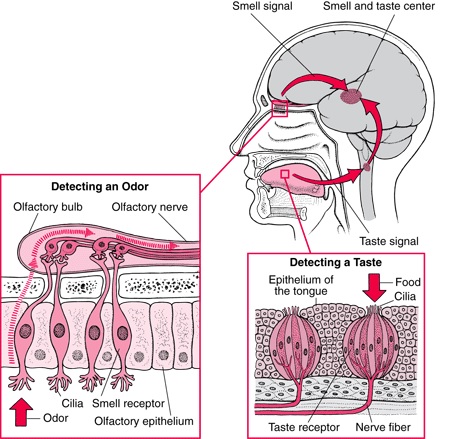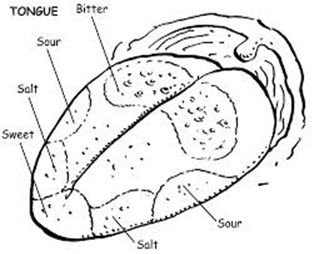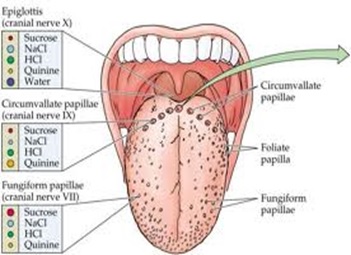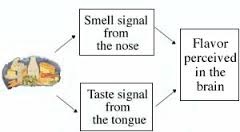Olfactory system and other sensory organs Assignment Help
Olfaction means the sense of smell. Smelling seems a simple mechanism but it takes place under the guidance of different organs that work in co- ordination to perform the effective process in effective way.
The main organ involved in olfaction is the nose. Nose has millions of receptor for smelling that are present within olfactory epithelium. This epithelium has three kinds of cells olfactory receptors, supporting cells and basal cells. Olfactory receptors: These are the bipolar neuron that has dendrite and an axon that ends at olfactory bulb. The most important part of this receptor is the hairs called olfactory hairs that respond to the chemicals that are breathe in. Beside this, any chemicals that are inhaled are given particular name called odorants. Now, when odorant enters the nose, the hairs or the olfactory hairs that are present inside the nose gets activated generating the potential which then initiates the response. Supporting cells: These are the cells that line the nose. These cells are columnar in shape and hence called columnar epithelium that has mucous. These cells performs the basic functions like helping to filter the chemicals thus protecting us from any harmful stuff present in it, secondly these cells also protect the receptor present in the nose and finally provides support and nourishment to the organ. Basal cells: These are the cells that are present at the bases of supporting cells. The main function of these cells is that they undergo cell division to produce new receptors.
Physiology: Nose is an important organ for smell. Therefore, to know about its working is an important process that involves different steps. Nose has two sides, from each side bundle of axons extend through them. These bundle forms the right and left olfactory (I) nerves and these nerves end in the brain. The end point is called olfactory bulbs. Now the axon of this olfactory bulb forms the olfactory tract. Some of the axon from olfactory tract is present at the primary olfactory area. This is the area situated in the brain that is the point from where the first step of smell begins. Beside the projection in primary olfaction, other axons projects into the limbic system and hypothalamus. Now this second connection is responsible for any emotional responses that are related to the odor. Above all this, the most important point that is involved in identification and differentiation of odor is the orbit frontal area. Reference: www.merckmanuals.com
Olfactory system and other sensory organs Assignment Help By Online Tutoring and Guided Sessions from AssignmentHelp.Net

Therefore, this way nerves and different points in brain and nose are responsible for distinguishing different smell and hence responding them accordingly.
Other than smell, next sense organs involved in response for taste is the tongue. Tongue is an important organ that helps us to detect the taste of whatever we eat, drink or take into our mouth and the process is called gestation. The main organ that detects taste is the taste buds. These taste buds are mostly present in the tongue and some are also present in the pharynx and epiglottis. In the tongue, these taste buds are present at the elevation called the papillae like the circumvallate papillae, fugiform papillae and foliate papillae. Among these three, circumvallate has the maximum number of taste buds within it, likewise fugiform have some taste buds and the least in the foliate that almost gets degraded during the childhood. Beside these receptors, filiform papillae are distributed in the entire tongue that increases friction between tongue and the food. Once the food or any chemicals enters the mouth and touches the taste buds, the chemicals then stimulate the receptors which are called tastants. These tastans make contact with the plasma membrane of gustatory hairs that in turns stimulates the exocytose process of the synaptic vesicles. This activates chemical signaling transduction pathway and this pathway is different for different taste buds yet the end result is the same.


 Image Reference: www.cnx.org, www.rcl.rutgers.edu, www.tastescience.com
Image Reference: www.cnx.org, www.rcl.rutgers.edu, www.tastescience.com
Beside, smell and taste; we have eyes for vision, ear for hearing and skin for feeling object or sensing the environmental stimuli. These entire organs carry out their function effectively to make our sense organ work properly and in coordinated manner. Each of this sense organ and all the involved nerves are important for the body and overall system.


